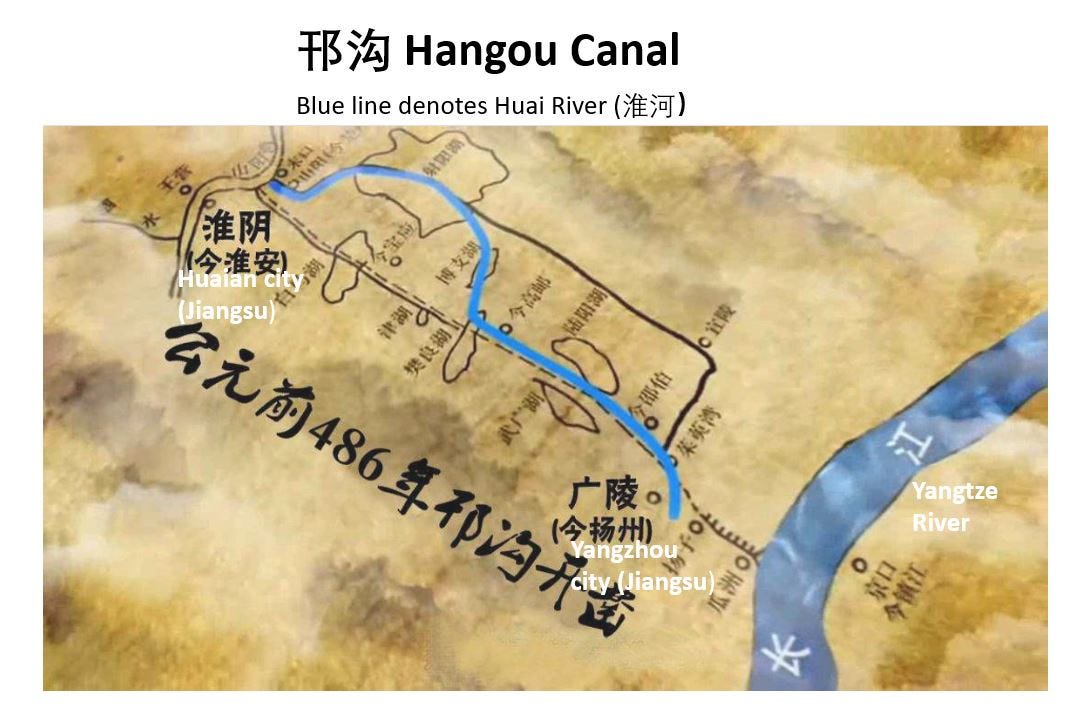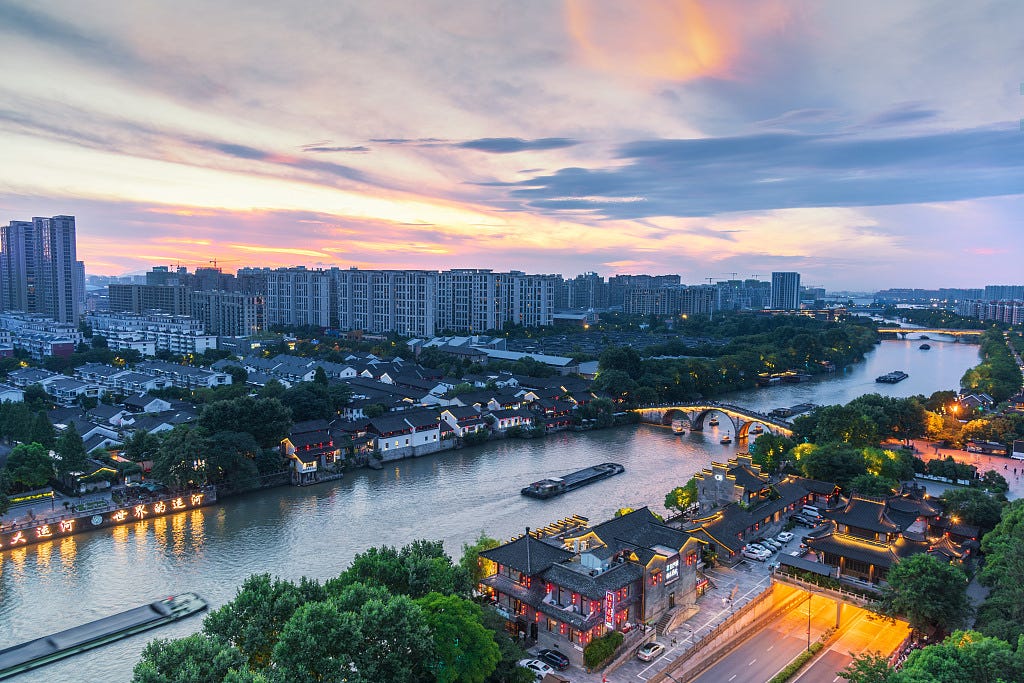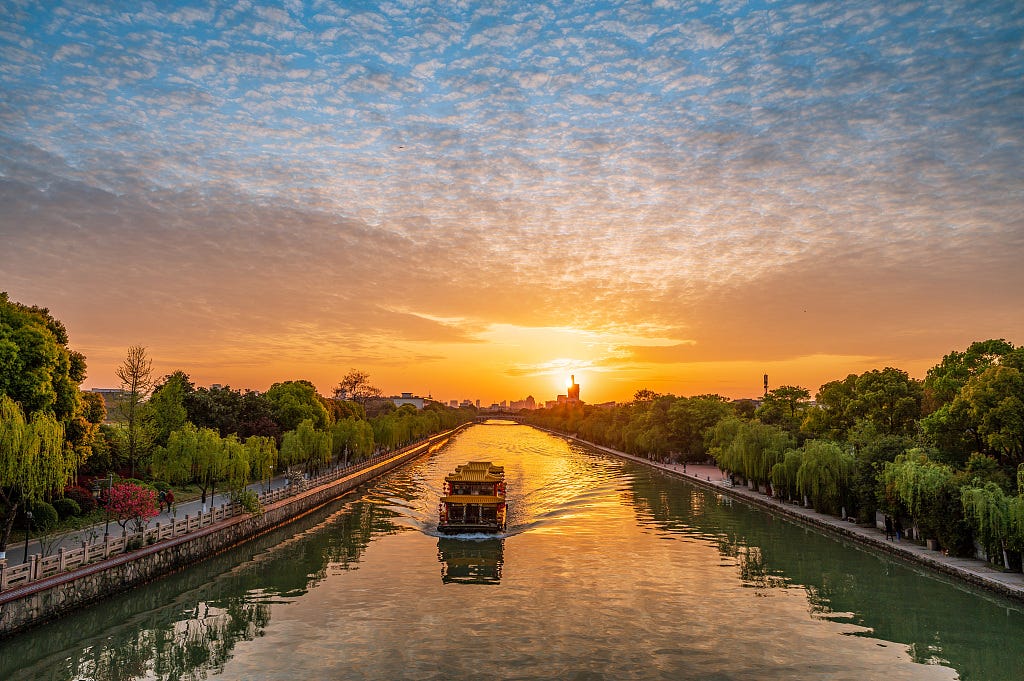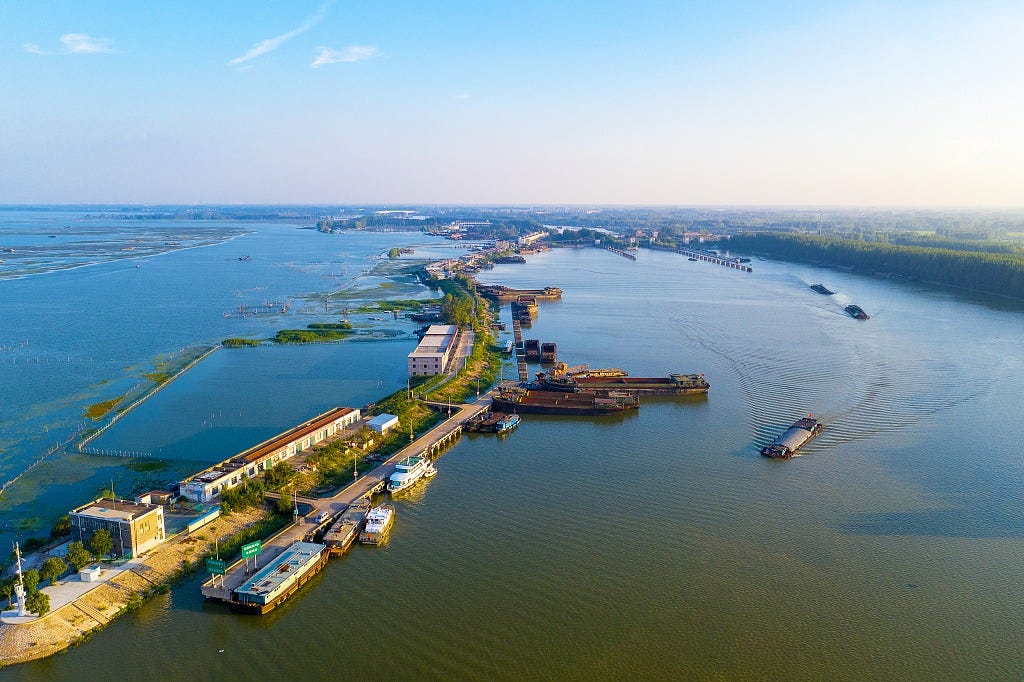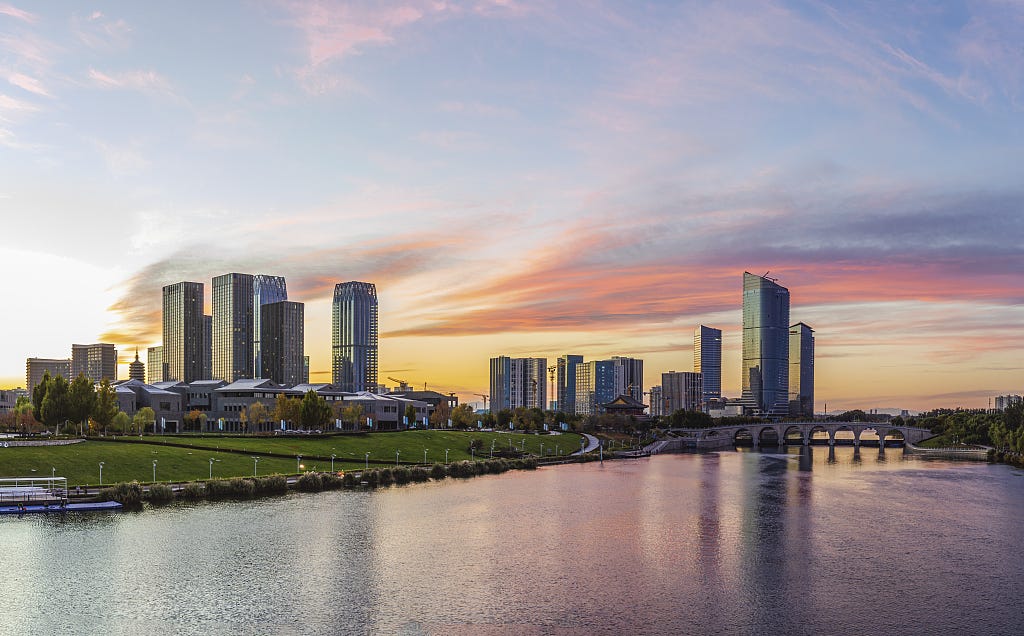#57 Beijing-Hangzhou Grand Canal
Understanding Chinese history helps one to appreciate the transformation of China since ancient times. Today's post looks at how a major canal was built to facilitate transport and boost its economy.
Beijing-Hangzhou Grand Canal 京杭大运河 is known as the oldest and longest man-made canal in the world, and with a history of more than 2,500 years; it has played an important role in transportation and boosting the Chinese economy since ancient times. It is also part of the China's Grand Canal 大运河.
Some notable facts about it:
"京杭大运河北起北京,南至杭州,经北京、天津两市及河北、山东、江苏、浙江四省,沟通海河、黄河、淮河、长江、钱塘江五大水系。大运河全长1794公里,比苏伊士运河长十倍,比巴拿马运河长二十倍。京杭大运河是由人工开凿的河道和部分河流、湖泊连接沟通而成的。
京杭大运河肇始于春秋时期,形成于隋代,发展于唐宋,繁盛于元明,衰败于清朝。公元前486年,吴王夫差在越王军师范蠡的建议下,当时主要出于军事目的,决定挖掘邗沟,开通了连接长江和淮河的运河,大运河便始于此..." (Excerpted from the website of Ministry of Culture and Tourism of PRC, see article.)
𝕿𝖗𝖆𝖓𝖘𝖑𝖆𝖙𝖎𝖔𝖓
"The Beijing-Hangzhou Grand Canal runs from Beijing in the north to Hangzhou in the south, passing through the cities of Beijing and Tianjin and the provinces of Hebei, Shandong, Jiangsu and Zhejiang, bridging the five major water systems of the Hai River, the Yellow River, the Huai River, the Yangtze River and the Qiantang River. The Grand Canal is 1,794 kilometres long, ten times longer than the Suez Canal and twenty times longer than the Panama Canal. The Beijing-Hangzhou Grand Canal is made up of artificially-dug rivers and the link-up connection between some rivers and lakes.
The Beijing-Hangzhou Grand Canal started in the Spring and Autumn Period and began its formation in the Sui Dynasty. It was developed in the Tang and Song Dynasties, flourished in the Yuan and Ming Dynasties, and declined in the Qing Dynasty. In 486 B.C., on the advice of Fan Li who was the military advisor to the King of the state of Wu, King Fucha of Wu decided to dig the Hangou Canal 邗沟 and connect the Yangtze River and the Huai River, and this was the beginning of the Grand Canal."
𝕹𝖔𝖙𝖊𝖘
📌Hangou Canal 邗沟 began somewhere that is near the current Yangzhou city and ended near Huainan city. Both of them are located in current Jiangsu province, see blow map.
By connecting the Yangtze River with Hangou Canal, it does suggest that such a canal facilitated a quick and safe transport of army troops and food using the river route than via land route. Indeed, the northern expedition by the state of Wu (吴国) to attack the state of Qi (齐国) was made possible via the Hangou Canal.
📌Fan Li 范蠡 was a legend as he was not only a brilliant military strategist, he also became the richest person in China after he retired from his ministerial post. I was introduced to his business acumen when I took a class by Prof Wee Chow Hou at National University of Singapore Grad Biz School.
Prof Wee wrote a book titled "The Inspirations of Tao Zhu-gong" as he examined the biz knowledge of Tao Zhu-gong which is the alias of Fan Li. My view after reading the book is that if you are interested in Sun Tzu's "The Art of War", then "The Inspirations of Tao Zhu-gong" offers the applicability of it in the business world.
📌Below photos depict the current Beijing-Hangzhou Grand Canal (Credited to CGTN article).



